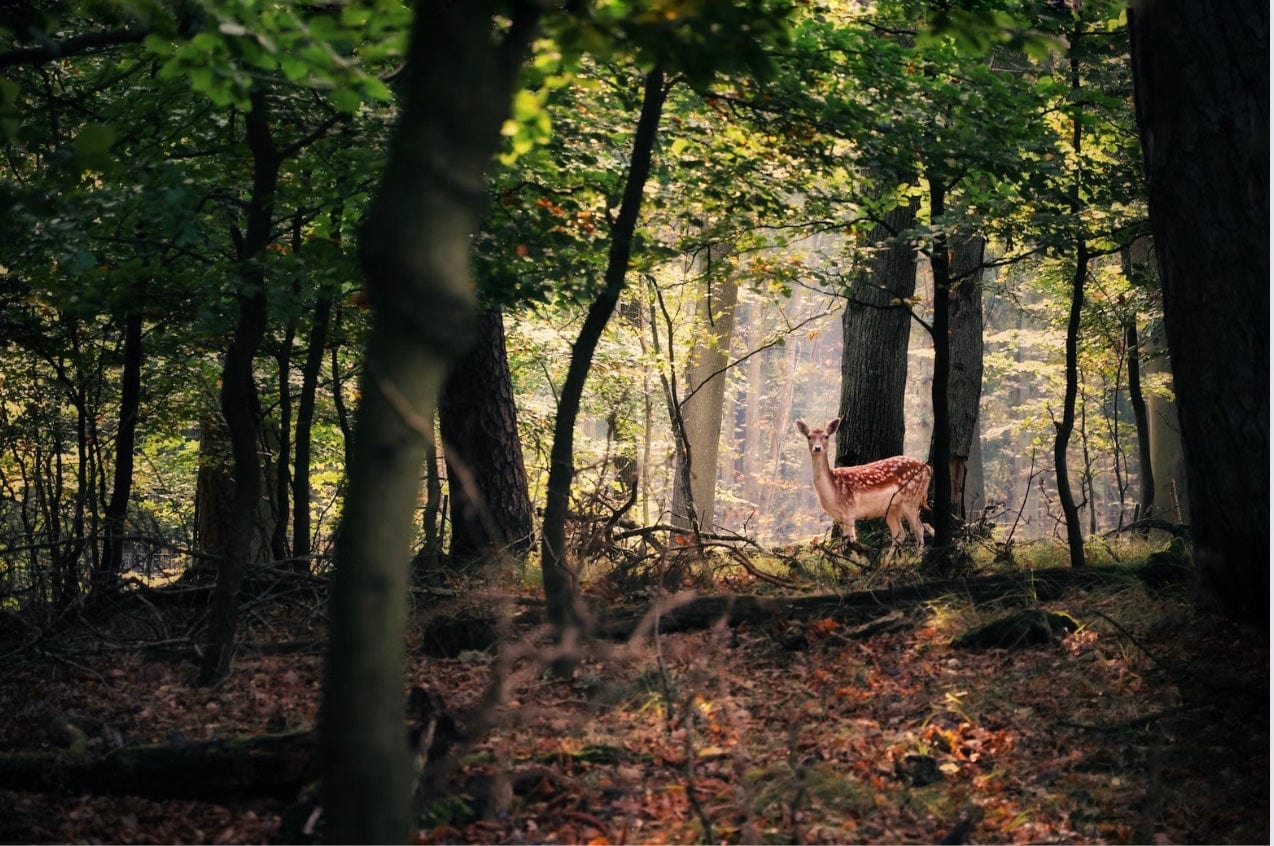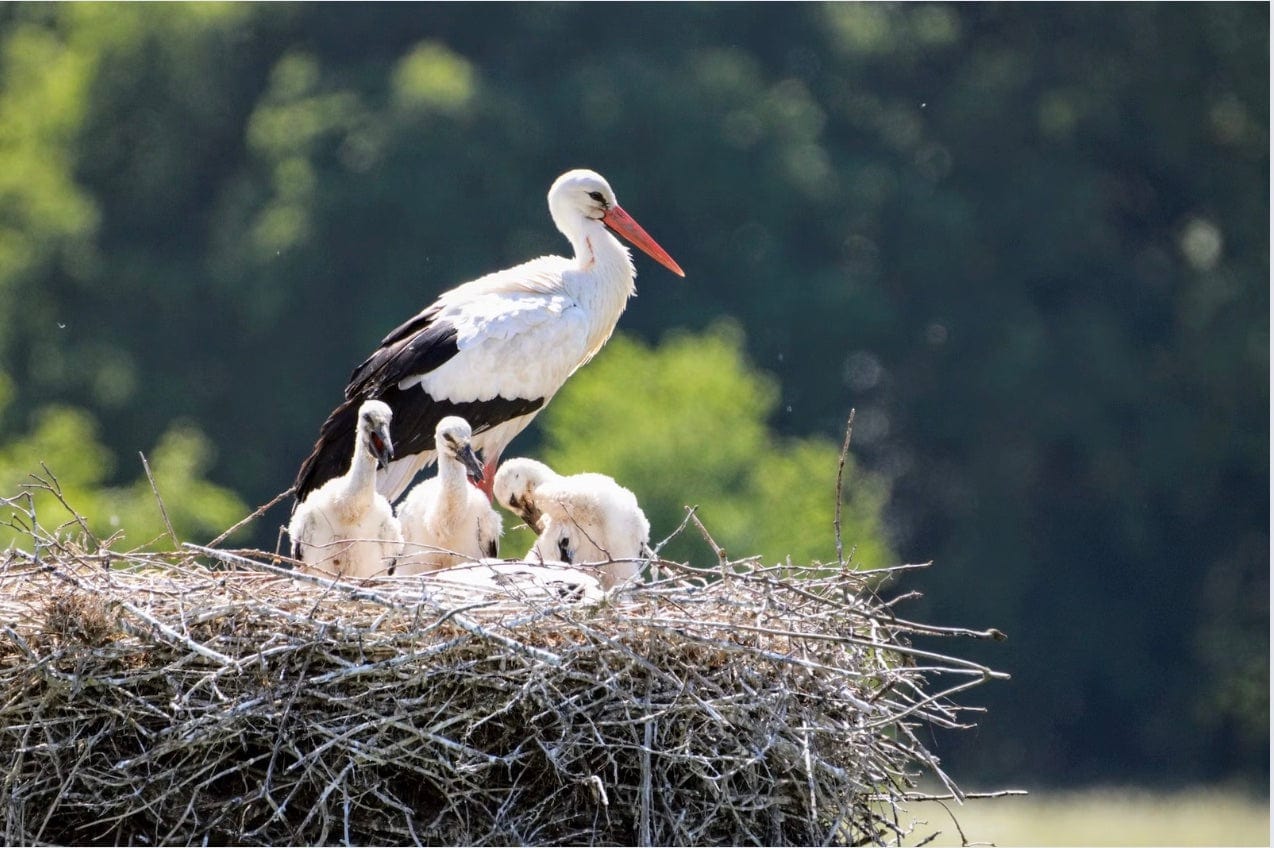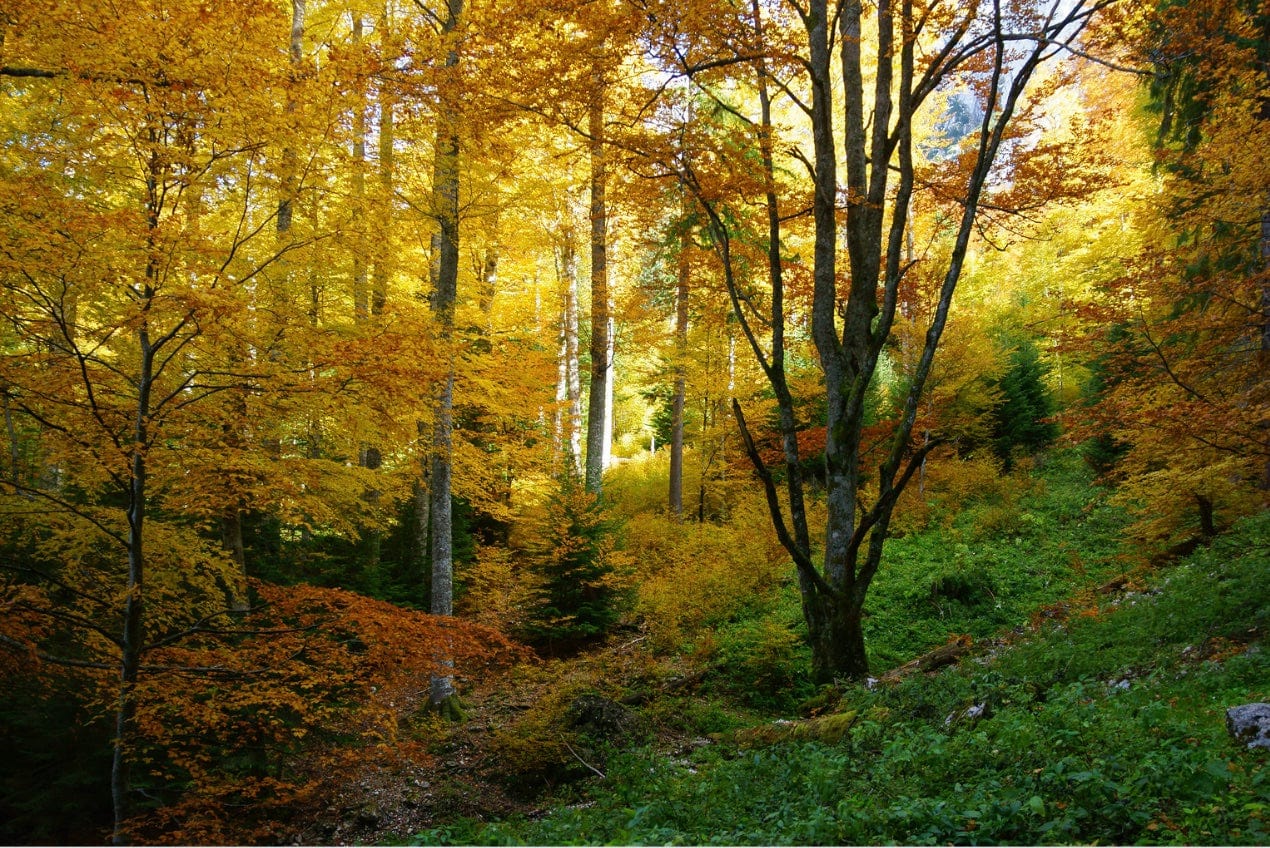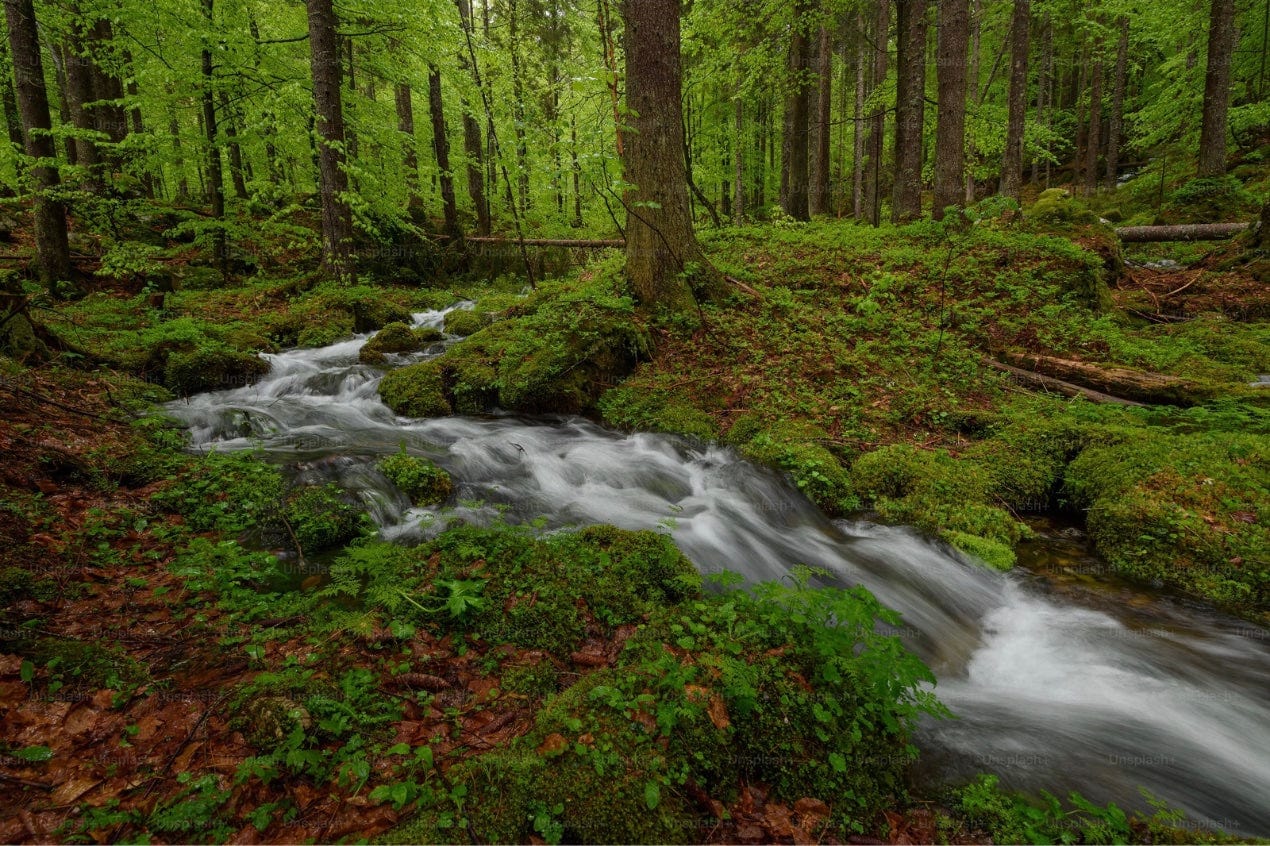
Get news, updates, & event Info delivered right to your inbox:
What Is a Forest?
Forests cover 31 percent of the Earth’s land surface — or, just over 4 billion hectares of forest. Forest composition differs based on the unique mix of plant species (including trees, shrubs, forbs, and grasses) found in a stand or landscape, but all forests have one thing in common: trees.
As defined by Britannica, a forest is "a complex ecological system in which trees are the dominant life-form." The soil, plant, and animal life found in a given forest is directly influenced by the unique environment where it exists. The high rates of photosynthesis associated with forested areas makes them nature's most efficient ecosystem.
What Makes a Forest Healthy?
Healthy forests play a critical landscape role and help support economic, ecological, and sociocultural functions. Many people don’t realize that there is a difference between a forest and a healthy forest. So, the next time you’re on a hike in the woods, see if you can spot the key indicators of a healthy forest.
Forest ecosystems consist of living and nonliving components. The living components of a forest include everything we typically associate with them: animals, trees, plants, and even fungi. Nonliving components include water, air, soil, and other landforms that help sustain the forest ecosystem.
A forest's nonliving and living components rely on each other to maintain a balanced ecosystem. Because of this, the elements of a healthy forest can be spotted by a trained eye.

Healthy Forests Are Rich in Biodiversity
Think back to your last hike through a local forest. When you close your eyes and listen, a forest is usually quiet but rarely ever silent. Birds are chirping and singing, deer and other animals are grazing, and squirrels are scurrying from tree to tree.
Ideally, a healthy forest has a diverse range of species hailing from every kingdom of life. There should also be a variety of young and old trees, and many species of trees, shrubs, grasses and flowers. According to Rick Kuyper of the U.S. Fish and Wildlife Service, “when forests are rich in plant life, they also tend to be rich in birds, insects, large carnivores and prey animals.”
When a forest has healthy biodiversity, it's a good indication that things like the food web, soil nutrient exchange, and water cycle are functioning well. A forest where nature's cycles are working as they should will be more resilient to disturbances.

Healthy Forests Provide Diverse Habitats
Different species require different forest features for their survival. Climate, elevation, and water access are just a few elements that determine whether a species can thrive in a specific area. The next time you’re exploring a forest, see if you can find any habitat types that help sustain living things.
Habitats that are commonly found in forests include downed logs, snags and rocks that provide shelter to species who require cavities and burrows, ponds, creeks, lakes and rivers where aquatic plant and animals thrive, and dense old-growth areas where prey animals can find shade and cover.
The level of biodiversity in a forested area directly correlates with the variety of habitat types it supports.

Healthy Forests Contain Trees of All Shapes and Sizes
Typically, whenever we think of forests, we think of grand, old trees towering over us. While those trees are beautiful and important, the true sign of a healthy forest is trees of all different ages and sizes.
Trees are incredibly adaptive, but if there aren’t saplings and young trees mixed in with more mature trees, it could be a sign of poor soil conditions that are preventing new trees from growing. If mature trees are dying, that could mean drought or disease are present, both of which are detrimental to the health of the forest.
A healthy forest will have a variety of young and mature trees wherever you go, helping to provide diverse habitat types and support biodiversity.

Healthy Forests Have Clean Water
Clean water is a basic necessity for survival. A healthy forest will have abundant trees, shrubs and grasses that absorb stormwater and hold the soil together. When soil erosion occurs, aquatic species are directly affected. Forests provide drinking water to billions of people, fish and wildlife around the world.
Watersheds are impacted by a range of factors, including stormwater runoff, deforestation, dams and other infrastructure, human development, air pollution, industrial pollutants and spills, household pollutants, and agricultural runoff. When a watershed is unhealthy, everything that lives in or depends on it is impacted. Erosion and flooding increase, fish populations dwindle, water quality is degraded, toxins accumulate in seafood, making it unsafe to eat, and more.
Forests are a beautiful and vital part of our world. You can make a powerful impact on nature and communities by planting trees!
Get news, updates, & event Info delivered right to your inbox:
Related Posts
Why Trees Are Great Holiday Gifts
04/12/2025 by Meaghan Weeden
Real vs. Fake Christmas Trees: Which is Better For the Environment?
20/11/2025 by Meaghan Weeden
8 Reasons to be Grateful for Trees This Thanksgiving
18/11/2025 by Meaghan Weeden
Popular On One Tree Planted
What Causes Deforestation?
10/07/2025 by Meaghan Weeden
8 Amazing Bamboo Facts
14/01/2025 by Meaghan Weeden
Inspirational Quotes About Trees
09/01/2025 by Meaghan Weeden
Fundraising Disclosures

Be Part of the
Restoration Movement
The Grove is more than just a monthly giving program: it's a vibrant community of individuals who are dedicated to reforestation and environmental restoration on a global scale.
As a member of The Grove, you affirm your commitment to restoring forests, nurturing biodiversity, and fostering positive global change.





